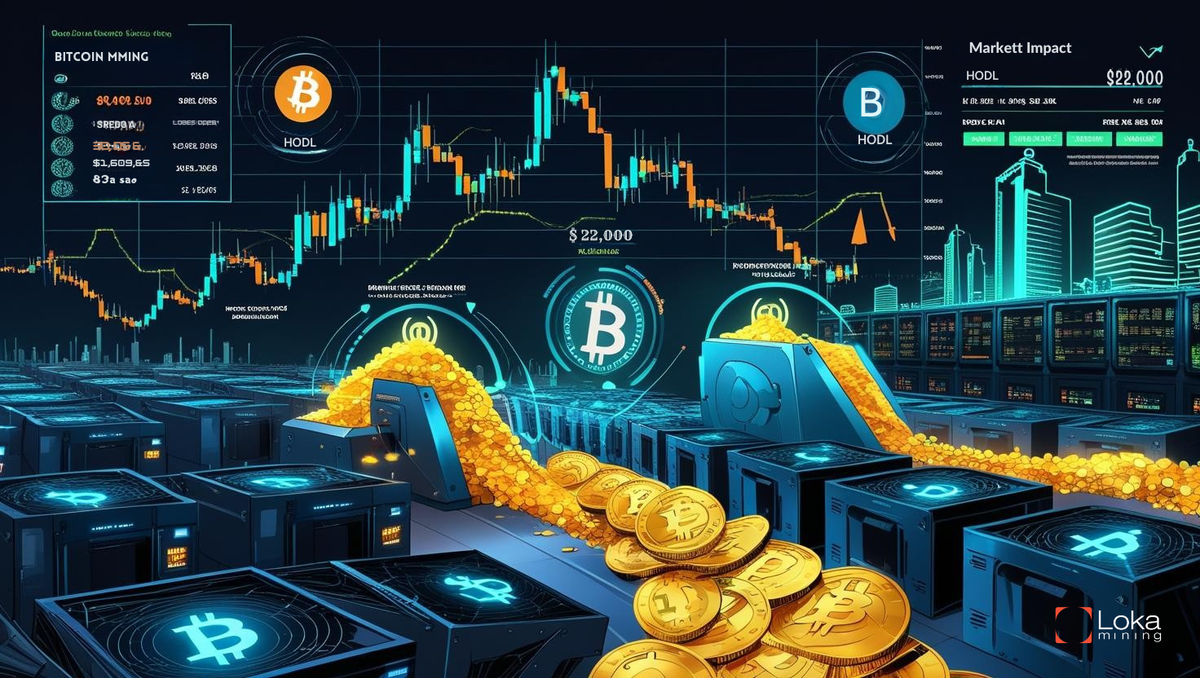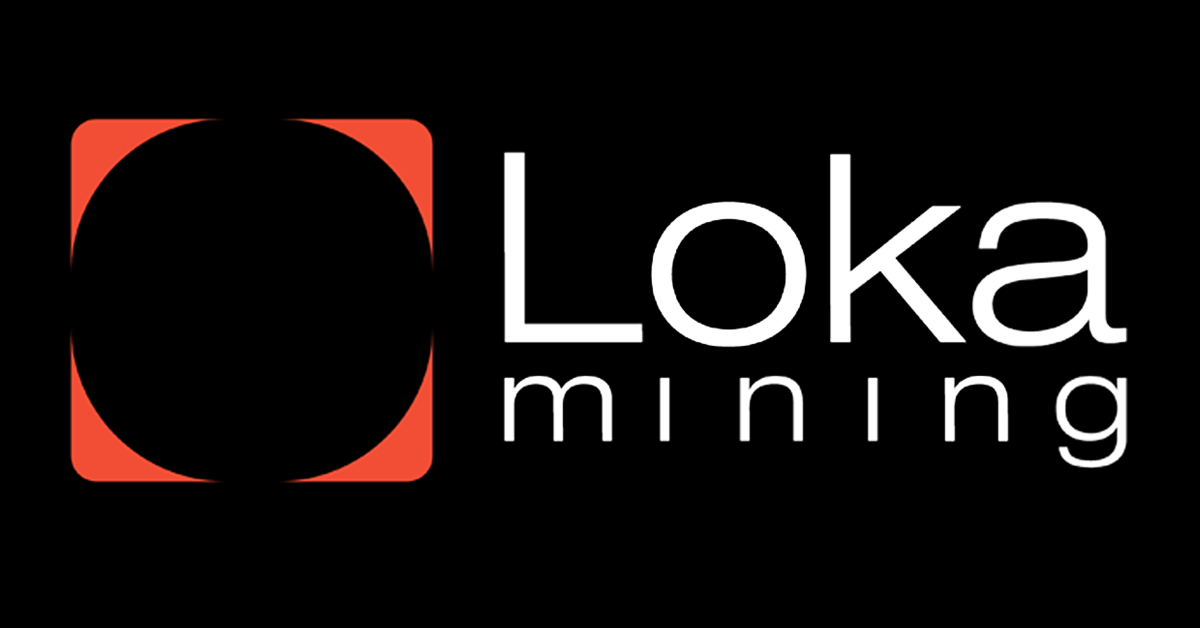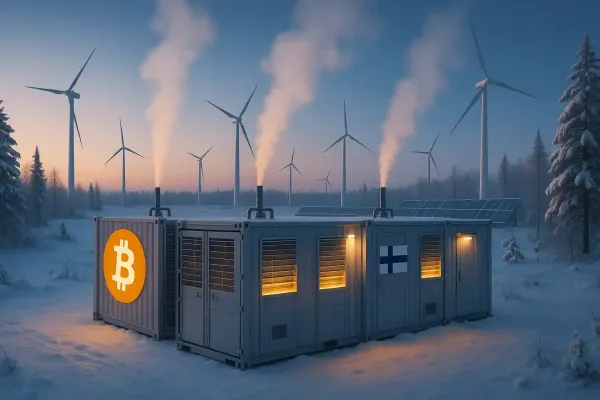The Impact and Correlation of Newly Mined Bitcoin on the Market

Bitcoin (BTC), the world’s largest cryptocurrency, continues to capture global attention with its significant price surge—reaching approximately $117,000–$118,000 in July 2025. Behind this price movement, mining activities play a critical role in determining the supply of new Bitcoin entering the market.
Approximately 450 BTC are mined daily, but how do these newly minted coins affect market dynamics? This article explores the relationship between newly mined Bitcoin and its impact on price, liquidity, and broader market behavior.
1. How Much New Bitcoin Is Mined Daily?
Bitcoin’s protocol is designed to produce a new block every 10 minutes, which results in approximately 144 blocks per day. After the April 2024 halving, the block reward was reduced to 3.125 BTC, meaning that roughly 450 BTC are mined each day. At the current price of $117,000 per BTC, this translates to approximately $52.6 million in daily value.
In addition to block rewards, miners earn transaction fees—typically 0.5–1 BTC per block—but these are redistributions of existing Bitcoin, not newly created coins.
However, not all 450 BTC immediately enter the market. The decisions miners make—whether to sell or hold (HODL)—have a direct effect on how much new Bitcoin is actually in circulation.
2. Miners’ Behavior: Selling or Holding?
After mining Bitcoin, miners have two main options:
- Sell to cover operational costs such as electricity and hardware.
- Hold as a reserve asset, speculating on future price increases.
According to CryptoQuant, approximately 50–80% of mined BTC is sold, particularly by small- to mid-sized miners in need of liquidity. This means around 225–360 BTC daily (valued at $26.3M–$42.1M) enters the market as new liquidity.
Larger miners, such as Marathon Digital or Riot Platforms, often hold their Bitcoin during bull markets in anticipation of higher prices. Glassnode data (July 2025) shows a significant decline in BTC reserves on exchanges, from 3.1 million in 2024 to 2.4 million in 2025, reflecting a growing HODLing trend.
When miners hold rather than sell, the available supply decreases, creating potential upward pressure on prices—especially amid growing demand from long-term investors.
3. Correlation with Bitcoin Price
The relationship between BTC price and mining activity is bidirectional:
Higher Prices = Higher Miner Profits
In January 2025, the cost to mine 1 BTC was estimated at $33,900, while the market price reached $104,000, resulting in nearly triple profit margins. As of July 2025, with BTC at $117,000, mining remains extremely profitable, increasing miner participation and boosting network hash rate.
Selling Pressure from Miners
When miners engage in mass selling (also known as capitulation), it can exert downward pressure on prices. However, with billions of dollars in daily BTC trading volume across major exchanges, the typical 225–360 BTC sold daily is relatively insignificant—except during highly volatile periods.
Halving Effect
The 2024 halving reduced the block reward to 3.125 BTC, slowing Bitcoin issuance. With supply shrinking, upward pressure on price grows—especially since long-term holders are currently accumulating more BTC (19,300/month) than what is being mined (13,400/month), according to Glassnode.
4. External Factors Influencing the Correlation
Beyond miner behavior, several external factors shape the relationship between newly mined BTC and the market:
- Energy Costs: Bitcoin mining is energy-intensive, with electricity costs tied to oil and gas prices. Rising energy costs may force miners to sell more BTC to maintain profitability.
- Mining Difficulty: As BTC prices rise, more miners join the network, increasing hash rate. This triggers difficulty adjustments, raising operational costs and pressuring smaller miners to sell or exit the market, allowing larger players to dominate.
- Market Sentiment & Institutional Adoption: Inflows into Bitcoin ETFs—amounting to $4.5 billion in July 2025—indicate growing institutional interest. This inflow boosts demand and can offset selling pressure from miners, supporting bullish momentum.
5. Risks and Challenges
While 450 newly mined BTC daily is a small fraction of the total supply (19.89 million out of 21 million BTC), it still holds notable market influence under certain conditions:
- Miner Capitulation: In the event of sharp price declines, miners may be forced to sell large amounts of BTC, exacerbating downward trends.
- Hash Rate Concentration: The growing dominance of large mining operations raises concerns about centralization risks, although a 51% attack remains unlikely due to high capital requirements.
- Future of Mining: Once all 21 million BTC have been mined, miners will rely entirely on transaction fees. A decline in on-chain activity—such as through wrapped BTC on other chains—may reduce miner revenue and pose risks to network security and stability.
Conclusion
The 450 BTC mined daily play a nuanced and impactful role in the broader Bitcoin market. While a significant portion (50–80%) enters circulation, miners' decisions to sell or hold directly affect liquidity and price action.
Rising BTC prices enhance miner profits but also intensify competition, increasing difficulty and operational costs. Combined with factors like halvings, energy markets, and institutional flows, these dynamics form a complex web of supply, demand, and investor sentiment.
For investors, understanding miner behavior and the market impact of new BTC supply is essential for anticipating future price movements. Platforms like Glassnode, CryptoQuant, and CoinGecko offer real-time data for deeper insights.
This article presented by Loka Mining.
Loka is revolutionizing the Bitcoin mining ecosystem by directly connecting investors with Bitcoin miners through a decentralized mining pool and an upcoming permissionless forward hashrate marketplace protocol.
Loka enables investors to get Bitcoin at lower than market price without centralized & counter-party risks, and Bitcoin miners to access capital efficient financing and hedge their risk exposure by selling their future mining rewards.
Find out more about loka in https://lokamining.com — or access our mining pool aggregator on https://pool.lokamining.com





